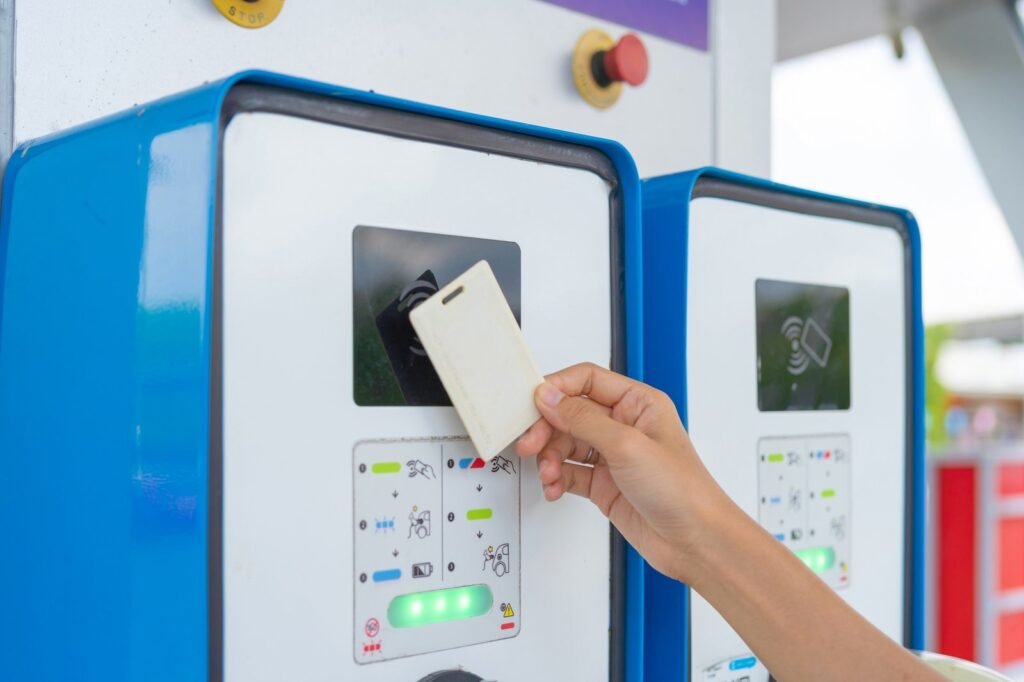Electric vehicles (EVs) have surged in popularity over the past decade, driven by advancements in battery technology, rising environmental awareness, and supportive government policies. However, the core of any EV’s performance, range, and overall user experience is its battery. In this article, we will break down the fundamentals of EV battery technology, explore the latest innovations, and consider what the future holds for this critical component of sustainable transportation.
Table of Contents

What Are EV Batteries?
EV batteries are the power source that propels electric vehicles. Unlike internal combustion engines that rely on gasoline or diesel, EVs use rechargeable batteries to store and deliver electrical energy to electric motors. These batteries are typically lithium-ion (Li-ion) based, similar to those found in smartphones and laptops but significantly larger and more powerful.
Key Components of EV Batteries
- Cells and Modules: EV batteries are made up of individual cells grouped into modules, which are then assembled into larger battery packs. Each cell has a cathode, anode, electrolyte, and separator, working together to store and release electrical energy.
- Battery Management System (BMS): The BMS monitors and manages battery performance, ensuring optimal temperature, voltage, and state of charge to maximize lifespan and safety.
- Cooling System: High-performance EV batteries require sophisticated cooling to prevent overheating, which can degrade battery life and reduce efficiency.
- Casing and Protection: The battery pack is encased in robust materials to protect against physical damage and ensure safety during collisions.
Types of EV Batteries
- Lithium-Ion (Li-ion): The most common type due to its high energy density, long lifespan, and relatively low weight. Variants include NMC (Nickel Manganese Cobalt) and LFP (Lithium Iron Phosphate) cells.
- Solid-State Batteries: Considered the next frontier, these batteries replace the liquid electrolyte with a solid one, promising greater energy density and safety.
- Nickel-Metal Hydride (NiMH): Used in older hybrids but less common in modern EVs due to their lower energy density.
- Lithium-Sulfur (Li-S): An emerging technology with the potential for much higher energy density but currently facing challenges with longevity and stability.
Key Performance Metrics
- Energy Density: Measured in watt-hours per kilogram (Wh/kg), this indicates how much energy a battery can store relative to its weight.
- Cycle Life: The number of complete charge and discharge cycles a battery can endure before its capacity significantly degrades.
- Charging Speed: How quickly a battery can recharge, influenced by its chemistry and the charging infrastructure.
- Cost per kWh: A critical factor in EV affordability, with ongoing efforts to reduce this through scale and innovation.
Recent Innovations in EV Battery Technology
- Fast-Charging Breakthroughs: New materials like silicon anodes and advanced electrolytes are enabling faster charging times.
- Battery Recycling and Second Life: Technologies are emerging to repurpose spent batteries for stationary energy storage, reducing waste and enhancing sustainability.
- Improved Thermal Management: Innovations like immersion cooling and solid-state designs improve safety and longevity.
- AI and Smart BMS: Machine learning algorithms are being integrated to optimize battery life and performance in real-time.
Challenges and Future Trends
- Supply Chain and Material Sourcing: The demand for lithium, cobalt, and other critical minerals is growing, raising concerns about availability and environmental impact.
- Solid-State Batteries: Although promising, these batteries are still in the research phase, with commercialization expected within the next decade.
- Energy Density vs. Safety: Balancing the need for higher energy density without compromising safety remains a critical engineering challenge.
Conclusion
EV battery technology is rapidly evolving, with breakthroughs expected to transform the industry in the coming years. As manufacturers push for longer ranges, faster charging, and lower costs, the future of electric mobility looks bright. Understanding these technologies is crucial for consumers, investors, and policymakers shaping the clean energy landscape.
Related Articles
- EV Maintenance Tips for Optimal Performance and Longevity
- How to Choose the Right Home EV Charger
- Beginner’s Guide to Buying an Electric Vehicle (EV)
- Batteries for Electric Vehicles – Alternative Fuels Data Center





















